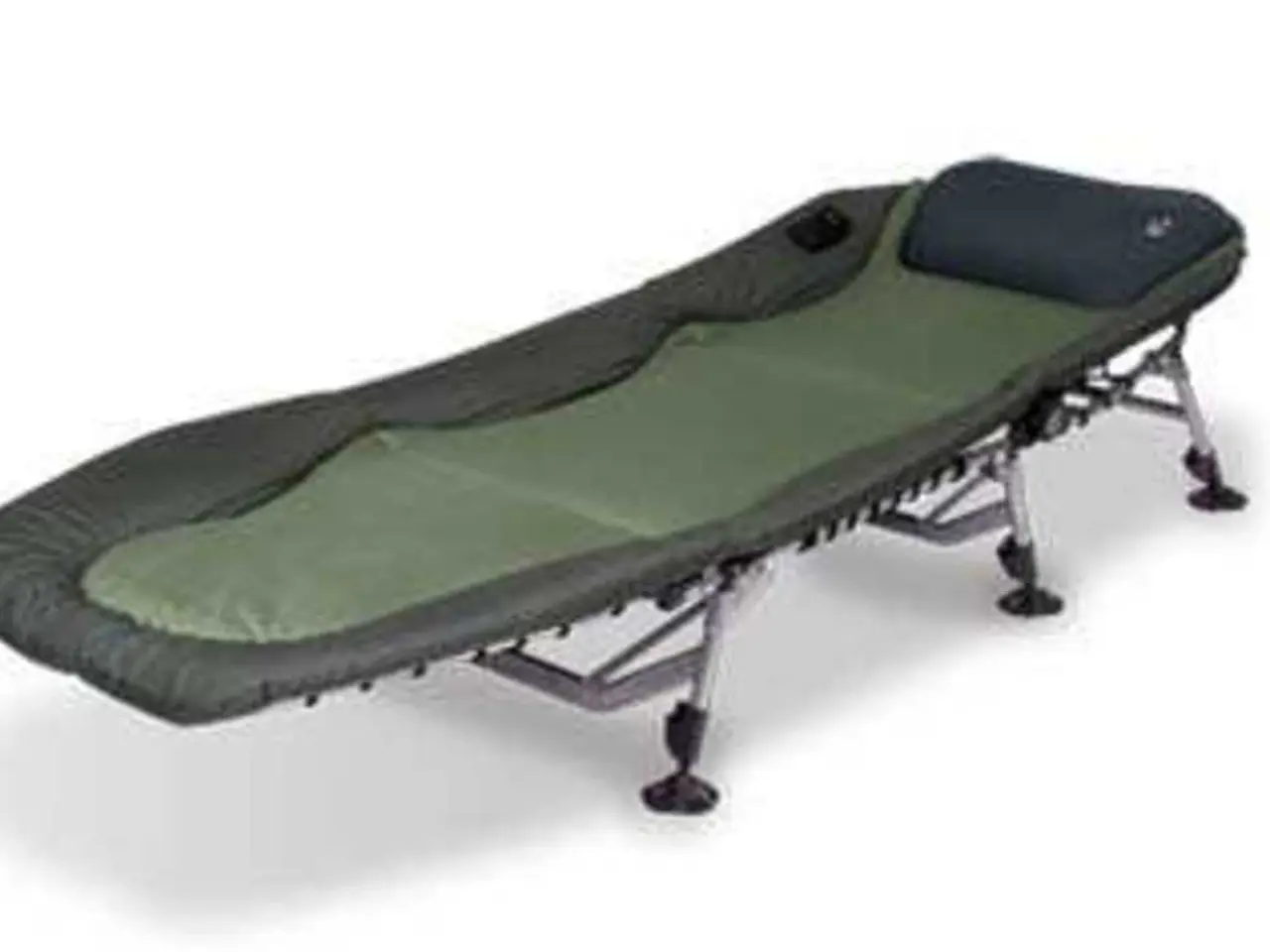Home Remedies, Prescription Meds, and Professional Solutions for Ankle Pain Relief
Ankle pain can be a persistent and bothersome issue, affecting many individuals. This article aims to provide a clear and straightforward guide on the common causes, home treatments, medications, and surgical options for managing long-term ankle pain.
Common Causes of Long-Term Ankle Pain
Long-term ankle pain is often due to chronic conditions such as arthritis (osteoarthritis, rheumatoid arthritis), gout, tendonitis (such as posterior tibial tendon dysfunction), plantar fasciitis, stress fractures, ligament injuries, overuse, and nerve-related issues like tarsal tunnel syndrome. Arthritis causes inflammation, stiffness, and joint degeneration; gout causes sudden severe pain due to uric acid buildup; tendonitis stems from inflamed or torn tendons supporting the foot arch; and stress fractures are tiny bone cracks from repetitive stress rather than trauma.
Home Treatments
Initial management of ankle pain typically involves conservative measures. These include rest and limited weight-bearing on the affected ankle, ice application to reduce swelling and pain, compression with elastic bandages, elevation of the ankle above heart level to decrease swelling, use of over-the-counter pain relievers such as ibuprofen or acetaminophen, wearing supportive footwear or custom orthotics to stabilize the foot and reduce strain, and gentle physical therapy exercises to improve strength, flexibility, and balance.
Medications
Medications usually start with nonsteroidal anti-inflammatory drugs (NSAIDs) for pain and inflammation control. In more severe or persistent cases, prescription medications and corticosteroid injections may be utilized to reduce inflammation and pain, especially in arthritis or tendonitis. However, repeated corticosteroid injections should be limited to avoid joint or tissue damage.
Surgical Options
Surgery is considered when conservative treatments fail or in cases of severe joint damage or chronic instability. Common surgical procedures include ankle ligament reconstruction to repair or replace damaged ligaments causing instability, ankle arthroscopy, a minimally invasive surgery to remove loose cartilage or repair torn ligaments, and in advanced cases of osteoarthritis, ankle fusion or replacement surgery may be options, although specifics depend on individual cases and severity.
When to Seek Professional Help
Seeking prompt evaluation by a specialist is advised if pain persists beyond a few days, worsens, or is accompanied by swelling, numbness, or inability to bear weight. Pregnant women should avoid using NSAIDs after 20 weeks of pregnancy because they can harm the fetus. High impact sports and heavy lifting should be avoided until a person has less discomfort in their ankle.
Importance of Physical Therapy and Rehabilitation
Physical therapy and rehabilitation exercises can help address the effects of wearing an ankle brace and aid in recovery after surgery. It is crucial to maintain physical activity to help a person maintain their fitness level, keep other muscles and joints strong and flexible, prevent a recurrence of injury, and maintain a moderate weight.
Experts recommend the RICE method (rest, ice, compression, and elevation) for home treatment of ankle pain. NSAIDs are also available as gels for direct application to painful areas. It is essential to apply ice to the ankle for 20 minutes every 2 to 3 hours to help reduce swelling.
In summary, long-term ankle pain is often due to chronic conditions like arthritis, tendonitis, or stress fractures, with initial management focused on rest, ice, compression, elevation, medications, and physical therapy. Surgery is reserved for refractory or structural problems requiring repair or stabilization. Prompt evaluation by a specialist is advised when pain persists or worsens, and it is crucial to follow the recommended treatments to manage and alleviate ankle pain effectively.
[1] Mayo Clinic. (2021). Ankle pain. [online] Available at: https://www.mayoclinic.org/diseases-conditions/ankle-pain/symptoms-causes/syc-20356874
[2] American Academy of Orthopaedic Surgeons. (2021). Ankle pain. [online] Available at: https://orthoinfo.aaos.org/en/diseases--conditions/ankle-pain
[3] Arthritis Foundation. (2021). Ankle pain. [online] Available at: https://www.arthritis.org/health-wellness/health-conditions/pain-management/types-of-pain/ankle-pain
[4] Johns Hopkins Medicine. (2021). Ankle pain. [online] Available at: https://www.hopkinsmedicine.org/health/conditions-and-diseases/ankle-pain
[5] Cleveland Clinic. (2021). Ankle pain. [online] Available at: https://my.clevelandclinic.org/health/diseases/15366-ankle-pain
- To combat ongoing leg pain originating from ankle problems, one may consider adopting a health-and-wellness approach that encompasses various fitness-and-exercise routines, nutritional adjustments, and therapies-and-treatments.
- As science continues to evolve, advancements in treatments and technologies for ankle pain are providing individuals with more alternative options, such as physical therapy for rehabilitation and ankle-specific exercises to improve strength and flexibility.
- Given the significance of proper nutrition in overall health, individuals dealing with ankle pain should ensure they maintain a balanced diet to facilitate their body's recovery process and support the efficacy of any treatments or therapies they pursue.




